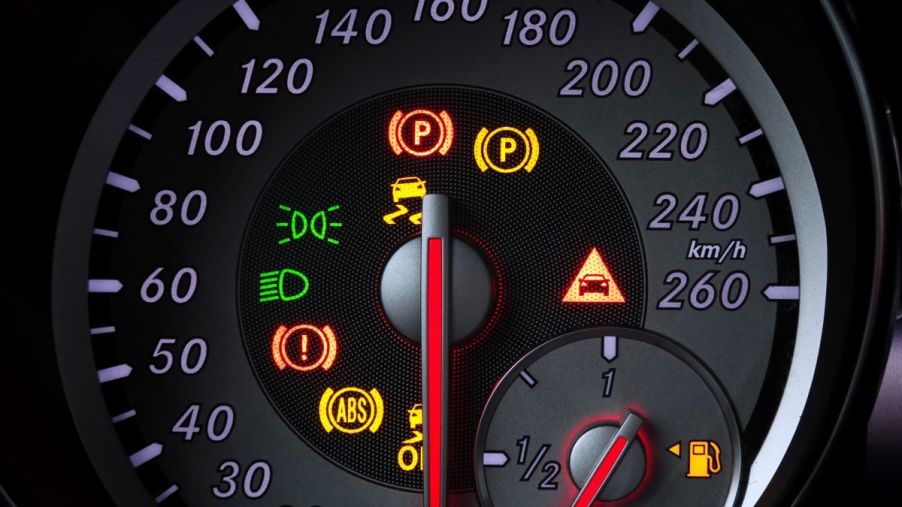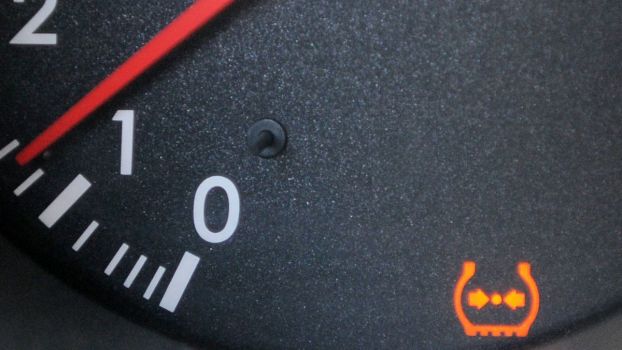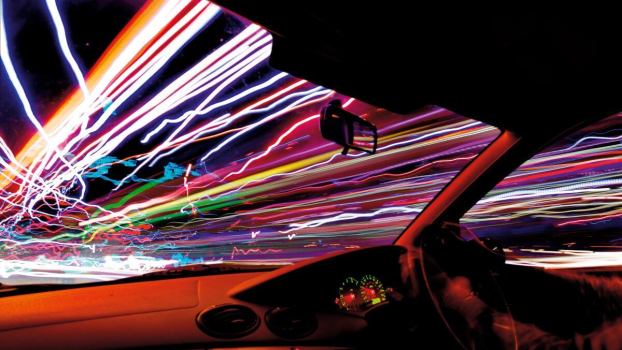
How to Read the Anti-Lock Braking System (ABS) Light in Your Car
With so many warning lights on modern car instrument panels, it’s easy to become desensitized to them. Especially if one comes on and nothing bad happens right away. However, dashboard lights and gauges communicate the need for maintenance or more serious car safety issues. That brings us to the ABS, or Anti-lock Braking System warning light, and how drivers can interpret it.
What does an illuminated ABS light mean?
The ABS warning light illuminates when the anti-lock braking system senses a problem with one of its components. Usually, nothing weird happens immediately when the light comes on if you’re driving under normal circumstances. However, even if your brakes feel normal, with the ABS disabled, your brakes could lock up during emergency braking, according to Cars.com.
CarSome lists the following five reasons that cause a car ABS warning light to come on:
- Low brake fluid
- Blown fuse
- Failed ABS module
- Malfunctioning vehicle speed sensor
- A bad hydraulic pump or valve
Autozone adds a few more potential causes:
- Worn-out brake pads
- Loose wheel bearings
- System wiring damage
- A damaged tone ring
What does a flashing ABS light mean?
If the ABS light flashes when you suddenly apply your brakes or even gently use them on slippery roads, it means you’ve activated the ABS. You’ll probably feel the brake pedal vibrate in this case as well. Before ABS, drivers had to “pump the brake pedal” to avoid locking the brakes, but ABS does it much faster.
What do I do if this warning light comes on?
If the light comes on intermittently or stays on, there’s something wrong with the system. If you’re brakes feel and sound normal, start with the first item from the list above. If your brake fluid is within the acceptable range and all of your fuses are good, or if your car makes any grinding noises, it’s time to visit an automotive repair shop.
Even seasoned DIY mechanics struggle to diagnose anti-lock braking system issues without using an ABS code reader. Sure, you could inspect all of the ABS wheel sensors, trace miles of wiring, and ensure the integrity of your wheel bearings before taking it in. However, once you’ve eliminated all those potential causes, it’s OK to ask for help.
Once you know the source of the ABS light, you can decide to have the shop fix it or take it home and DIY. However, brake systems in general, and ABS in particular, require a skilled mechanic and, often, special tools. Making a mistake or leaving out a step could have serious consequences.
Can I ignore my ABS light?
It’s OK to keep driving with the ABS light on as long as your brakes feel normal and your car stops as it should. However, you should get it checked out as soon as possible and be aware that emergency braking will be compromised. The ABS also plays a critical role in your car’s stability control system that helps maintain vehicle control during a skid.
Remember that your vehicle’s anti-lock braking system prevents lock-up when braking during emergencies or on slick roadways. With locked brakes, your tires will break traction, and your car will skid, significantly increasing your stopping distance. Your car’s ABS could mean the difference between avoiding an accident and colliding with another car.





